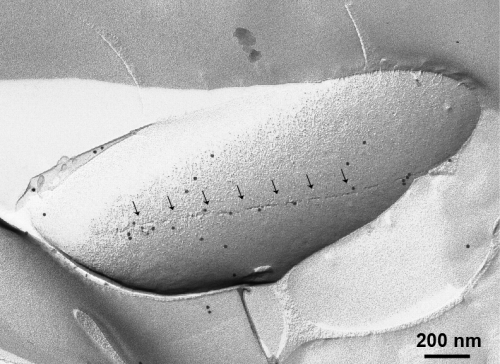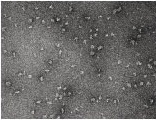|
|
|
Structural biology of plant macromolecules VI
|
|
|
| Structural Biology of Cellulose Synthase Complex |
|
Cellulose synthase is likely coded in cesA gene. Although many cesA genes were identified in many organisms producing cellulose, there is no direct evidence that the protein coded by this gene is truly producing cellulose nanofiber. There will be two reasons for this: (i) CesA protein is transmembrane protein and (ii) cellulose synthase is actually a complex by several different subunits. For challenging the structural and functional research of cellulose synthase, we are using vinegar-producing bacterium, Gluconacetobaacter xylinus (formerly Acetobacter xylinum) as a model organism by two reasons: (i) bacterial protein will be less difficult to express and purify, and (ii) one can expect the subunits in cellulose synthase complex as bcsABCD, because they are clustered in the genome of G. xylinus.
We are now in progress of structural and functional research of Bcs-complex using heterogous expression system. Electron microscope is used as a tool for the structural research.
| |

Cellulose synthase complex visualized byelectron microscope (SDS-FRL): so-called gterminal complexh, indicated by arrows. BcsB was labeled by colloidal gold, which are seen as black dots.
|

EM images of purified cellulose synthase.
| |
| |